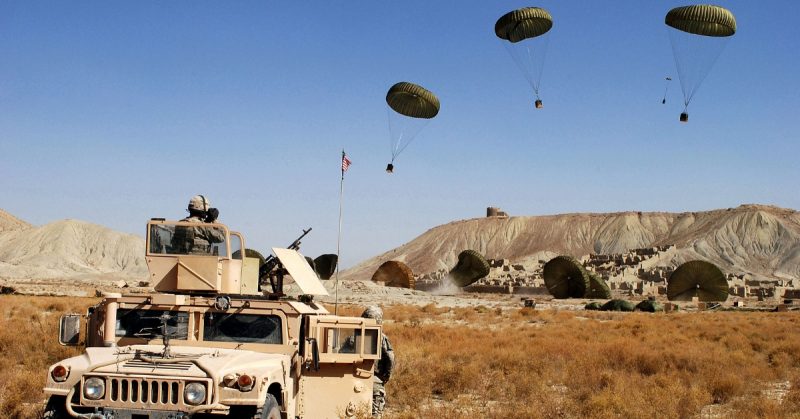A Humvee was airdropped into a neighborhood in North Carolina on October 24. The C-17 Globemaster transport plane that was carrying it accidentally dropped it about five miles from the intended drop zone.
The parachute deployed and the vehicle landed in some woods in the neighborhood. No injuries or damages were reported. The neighborhood is in Harnett County, near Fort Bragg.
The C-17 is part of the 437th Airlift Wing based at Joint Base Charleston in South Carolina. According to a spokesperson for Joint Base Charleston, the airdrop was part of routine training. The plane dropped the Humvee around 1 pm and then returned to Pope Army Air Field, where it landed safely.
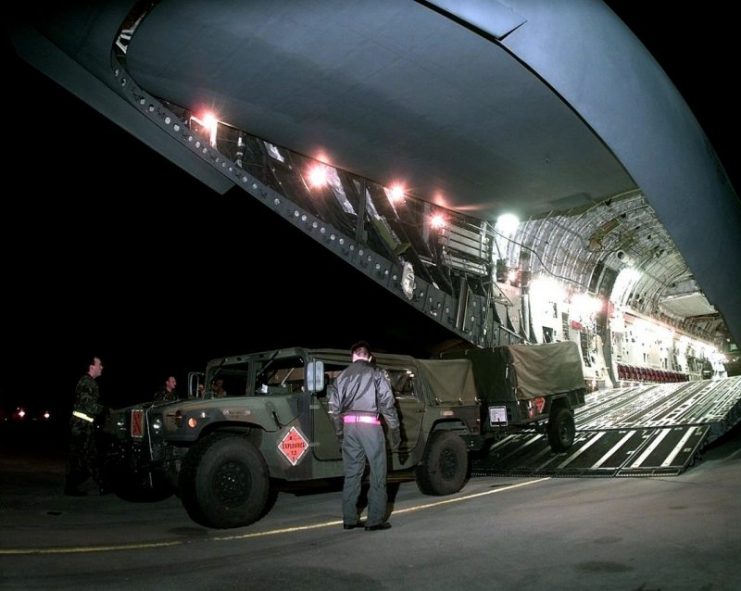
The area where the Humvee landed is in a rural community. The vehicle came to rest in a backyard garden. Witnesses claimed to have heard a loud boom when it landed.
One witness was grateful that the neighborhood children were in school at the time because they typically play in the area where the Humvee landed.
The accident is being investigated. No cause has been determined.
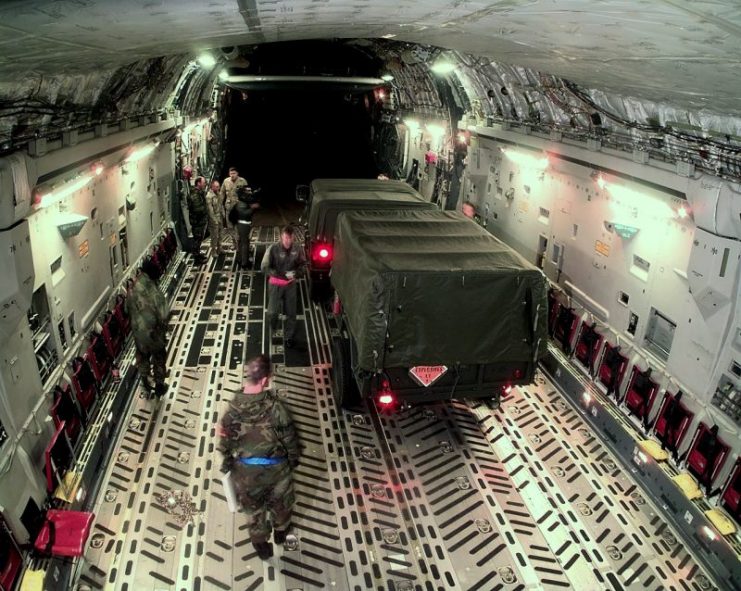
This incident follows a failed airdrop in 2016 during a training exercise in Germany. That accident wrecked three Humvees. After investigation, a cavalry scout was convicted for destruction of property and making a false statement.
Army Sgt. John Skipper was found to have cut the parachute straps on the vehicles intentionally. He then lied to investigators about it. He was demoted to E-1 and given a bad conduct discharge.
The C-17 Globemaster III is the primary strategic lift aircraft used by the US Air Force to transport troops and equipment. It is able to fly anywhere in the world due to its in-flight refueling capability.
It is considered a highly reliable and flexible aircraft. Its mission completion success probability rate is 92 percent, and it has a full mission availability rate of 74.7 percent.
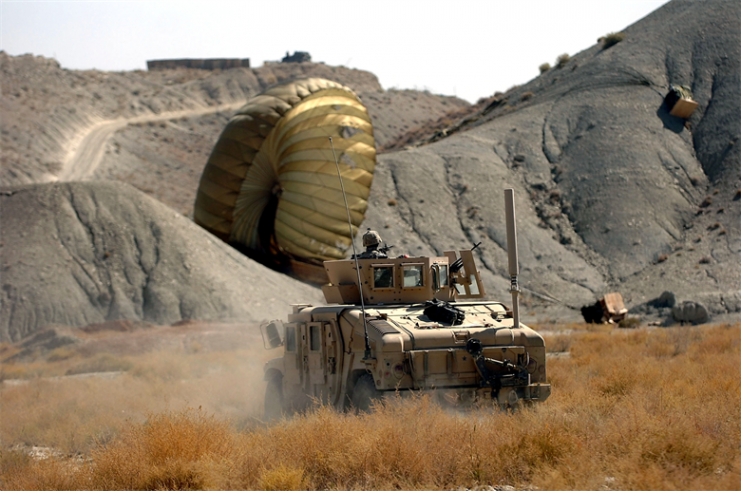
The C-17 was designed to replace the C-141 Starlifter. Its maiden flight was on September 15, 1991.
The first production model was delivered on June 14, 1993, to Charleston Air Force Base, now known as Joint Base Charleston, SC. The first squadron of C-17s was declared operationally ready on January 17, 1995.
The High Mobility Multipurpose Wheeled Vehicle (HMMWV, or Humvee) is a lightweight, highly mobile vehicle that can be configured to carry a variety of military hardware including machine guns and missile launchers. It can operate with minimal maintenance in terrain ranging from deserts to jungles.
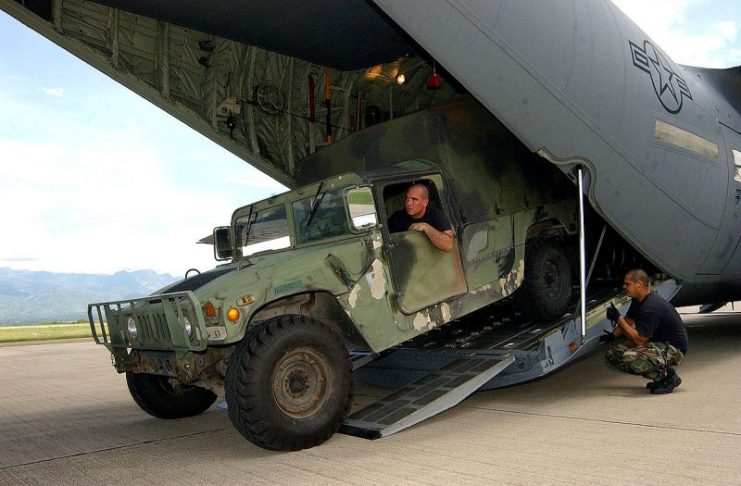
The Humvee is designed to be transported by air and dropped using the Low Altitude Parachute Extraction System. Aside from the C-17, C-130 Hercules and C-5A Galaxy aircraft can transport Humvees. They can also be sling-loaded on helicopters.
Read another story from us: 3 Unique Outdated Military Vehicles Still Used in the 3rd World Today
One of the things that makes the Humvee so useful in military engagements is its geared hub assembly. It doubles the torque to each wheel while allowing for sixteen inches of ground clearance, which is higher than any other vehicle in its class.
This, combined with double A-arm independent suspension with hydraulic double-acting shock absorbers, allows the Humvee to travel where no other wheeled military vehicle is able to go. They can navigate up 60 percent slopes and along 40 percent side slopes, and ford 60 inches of water.
